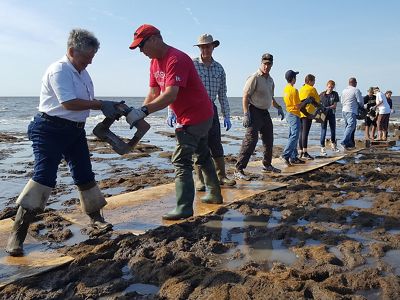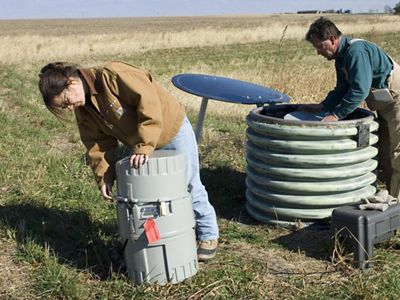Getting Started Test
A scoping exercise

How to determine if a greenprint is right for you?
Curious about greenprints? Practitioners should ask certain questions when considering whether to develop a greenprint. This content aims to help determine what is needed for a successful greenprint and if developing a greenprint is right for you.
Key questions





Working in the field: Research and field work at the Canyonlands Research Center at Dugout Ranch in Utah. © Stuart Ruckman

Find a greenprint hero: Chicago Park District volunteers plant a tree, spreading mulch in Burnham Park. © Emanuel Love

Orange County, FL: As one of the fastest-growing counties in the country, Orange County, in Central Florida, is faced with the need to balance rapid growth while supporting natural resources. © Roberto Gonzalez

Los Angeles: View of skyline of Los Angeles. © TNC

Learn more about the five categories of key questions by scrolling through the information below.



